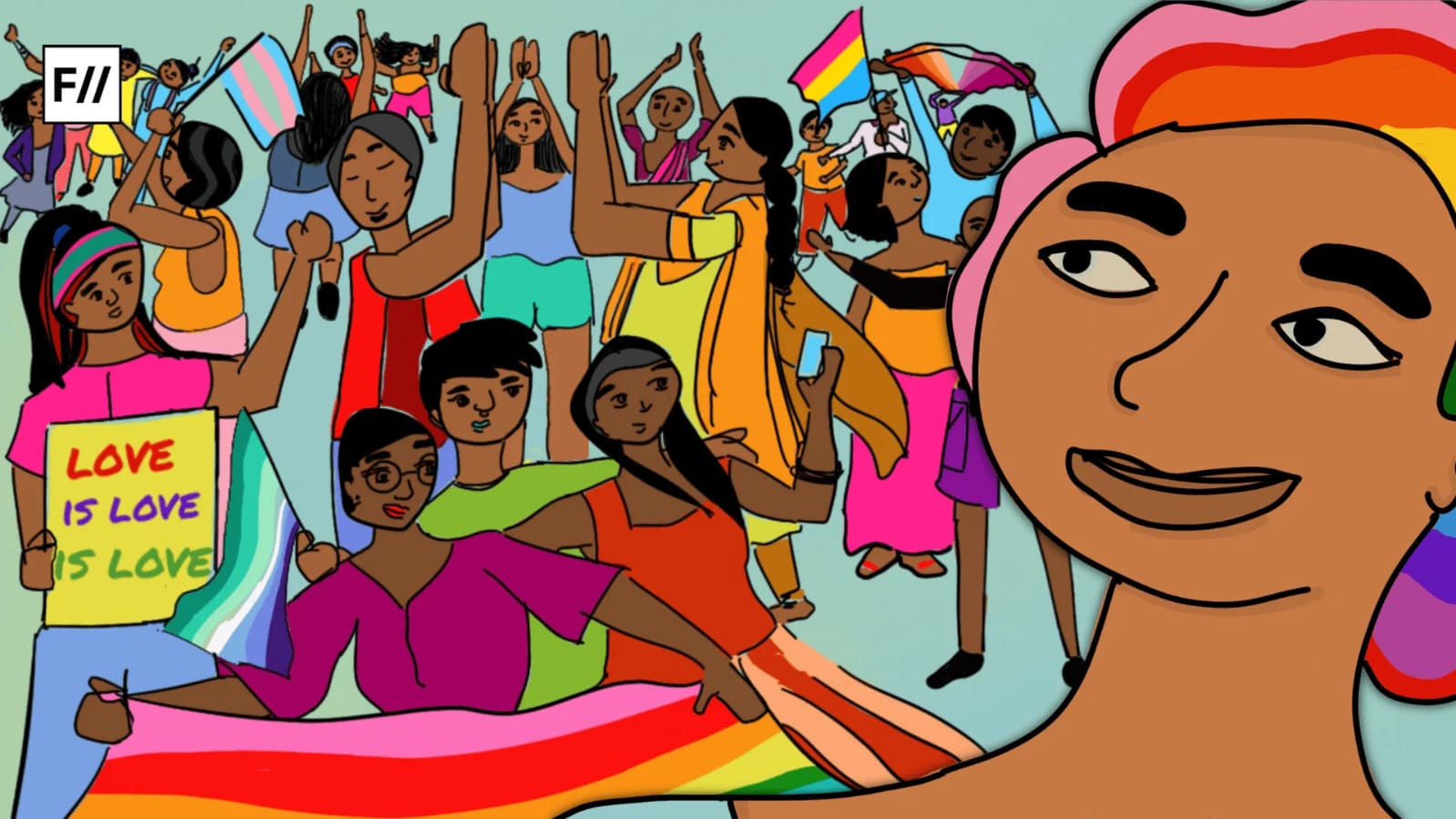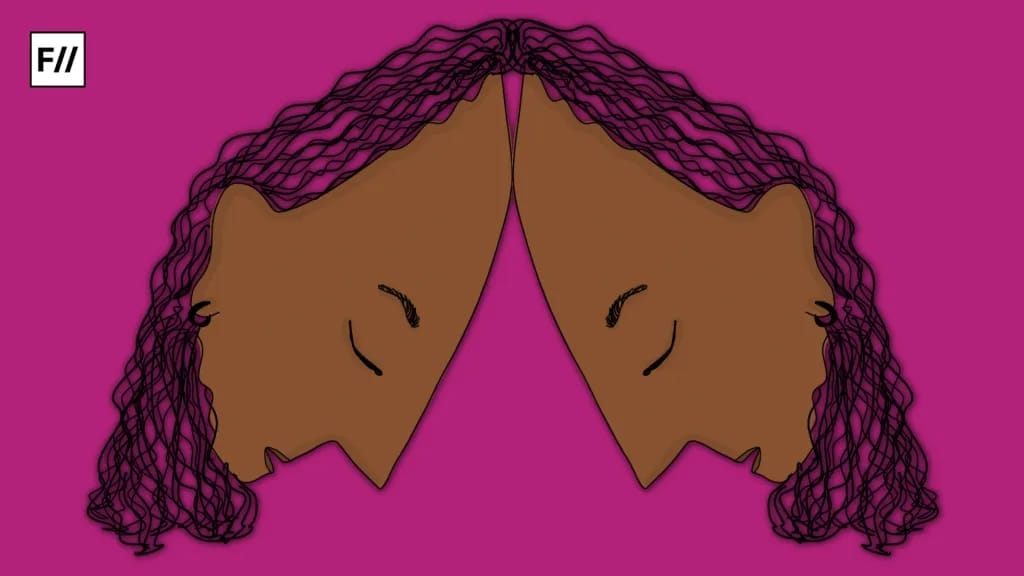On the 21st of February 2016, Bangalore had the opportunity to witness an extremely rare event. It played host to an event titled ‘Aikya: T.M Krishna and the Jogappas’ which was held at the Unnati centre in Bangalore and organized by the Solidarity Foundation.
T.M Krishna is a renowned Carnatic vocalist who comes from a family of music connoisseurs. In the world of Carnatic music, Krishna is known for his characteristic voice as well as his unparalleled knowledge of Carnatic music. In addition to being a singer, T.M Krishna is well known for documenting and researching Carnatic music, parts of which came out as a book titled ‘A Southern Music: The Karnatik Story’. What stands out however, about TMK (as he is popularly known) is his socially sensitive approach to music. A rarity in today’s Carnatic scene, Krishna has often come in conflict with the establishment for his views. His strongest anti-establishment stance came to fore in 2015, when he chose to withdraw from the December Sabha season in Chennai, stating that the Sabhas are in essence upper-caste private clubs. He has also been vocal about how positions of privilege lead to flawed understanding of the word ‘classical’ itself and has constantly raised queries about the structure of ticket pricing in concerts.
The transgender identity in India isn’t a homogeneous one and consists of various groups such as Kothi, Hijra, Aravani, Shiv-Shaktis among many others. The Jogappas are one of the many transgendered communities in India, residing in Karnataka, parts of Andhra Pradesh and Maharashtra and are known for their dedication to the ‘Goddess Yellamma’ (“All Powerful”, also known as Renuka). There is an entire backstory to the legend of Yellama and Jogappas are known to trace the legacy of their unique gender identity through to the cursed sons of Jamadagni (the husband of Renuka). The Jogappa community consists of people mainly from Dalit and backward class communities although there are some of them also belong to Lingayat and Muslim communities. Very little literature exists on the ways and traditions of the Jogappa community but they are considered as a marginalized group even amongst the marginalized. Varying levels of difficulty in education, access to healthcare and stereotyping has pushed the Jogappa community to the fringe and has led to their exclusion in society.
The event was thus an attempt to better understand the music tradition of T.M Krishna and the traditional folk music of the Jogappa community. At the beginning of the event, one of the organizers highlighted the importance of an event of this sort. She began by saying that the event was about dissolving multiple boundaries, boundaries of gender, boundaries of folk and classical, boundaries of rural and urban and also, boundaries of class. She highlighted that this was an attempt at conversation and dialogue, initiated through music. Aikya, the title of the event, literally means coming together.
The beginning of the event was rather striking as it chose to break away from the usual tradition of lighting a lamp and instead the artists were asked to water a plant. The first song was an invocation to Shiva, sung by the Jogappa community. Right from the very beginning, the presence of the folk tradition in their music became evident through their usage of folk tunes and the unique style of instruments they used. Subsequent music pieces included tributes to the Goddess Yellama, a song dedicated to a devotee addressing her husband, a song calling an older sister, a song inviting people to Jatre (fair), songs in different music traditions of South India and bhajans. The set consisted of a mixture of everyday songs and religious songs addressing particular gods and goddesses. There were four Jogappa artists, with two of them singing in Kannada while the other two sang in Marathi. Krishna sang along in some while in the others, the Jogappas and Krishna sang alternatively in stanzas. Most of the songs that were sung were written and composed by the Jogappa artists themselves. T.M Krishna used the time between songs to address the nature of music of the Jogappa community. On a technical point, the Jogappas always sing on the C-sharp top, a tone which is of high pitch and requires tremendous effort to keep singing in, continuously. Krishna highlighted that Carnatic musicians themselves usually sing in C-sharp bottom and that he is amazed to see how the Jogappas are able to keep up the tempo. He then added how the invention of the microphone has radically altered how music is now sung and perceived.
For the Jogappas, music is a community driven event and is a method by which people come together and sing together. Thus, the art of performing as well as singing is very different for the Jogappa community and for a Carnatic singer like Krishna. The context in which the music arises is very different for both of them and Krishna emphasized that the event was not a method to blend two vastly different forms together but was instead a way to find a common ground and use that common ground as a channel for communication and understanding different traditions.
There is much that can be taken away from an event such as this. Firstly, it is an attempt at inclusion. Patriarchal constructs of gender very often tends to group people into binaries. Any form of deviation from that binary is seen as an aberration by society. The Jogappas are a classic example of a group who face social ostracization because of their gender identity. The event is thus a method by which the gender binaries are rejected and a group which has been relegated to the fringe gets a platform to showcase their tradition. In addition to the gender identity, the Jogappas are also relegated to the fringe because of their lower economic status and because most of them come from the Dalit and backward class communities. As a result, the inclusive nature of the event includes not just the element of inclusivity through gender identity but also inclusivity of a group disadvantaged in social and economic terms. Secondly, it attempts to break the rigid nature of Carnatic music.
Today, Carnatic music is a heavily brahminical practice and has remained in the grasps of the upper-caste elite. The event offers a direct challenge to the exclusivist nature of Carnatic music. Thirdly, it redefines the idea of music traditions. Very often, there is a hierarchy set within music traditions which tends to place some forms of music over others and vice versa. The event radically asks us to alter that perception by bringing out the notion that all music is equal and differences are because of cultural context and tradition. Fourthly, it makes us question our position of privilege. Very often, we tend to judge people and also traditions and culture without a sense of sensitivity. The event was a way to recognize the privileges one has and alter the sense of judgment that arises from these privileges and social conditioning. Fifthly, it reaffirmed the belief in music as a tool of empowerment and as a tool in the quest for social justice. There is an old saying that music breaks all barriers and the event was conclusive proof of that.
The greatest strength of the event however, I feel, was in its intersectional nature. It manages to ask tough questions of patriarchy, gender, class, caste, privilege all at once and it leaves you with much more that require serious pondering, even beyond the realm of music. These are questions which strike at the very heart of the oppressive nature of society today and ask us to alter that and build a more inclusive society. The Jogappas are just one of the many groups that are fighting for their recognition and their rights in society. The event was a plea for us to hear them. Their music gave them a voice, one that rings loud and clear in C-sharp top and is a statement of intent from a disadvantaged community. The fight for gender equality in India is going to be a long and hard one. The Jogappas will be one of the many groups leading it. There is saying that the LGBTQI community in Uganda uses often when faced with oppression from the state. It goes as ‘A Luta Continua’ (the struggle continues).
Featured Image Credit: Solidarity Foundation
About the author(s)
Viswesh R likes to dabble in anything and everything and perfectly fits the old saying 'Jack of all trades, master of none.' They (singular) likes to assist in smashing patriarchy with a slight anarchist flavour.



